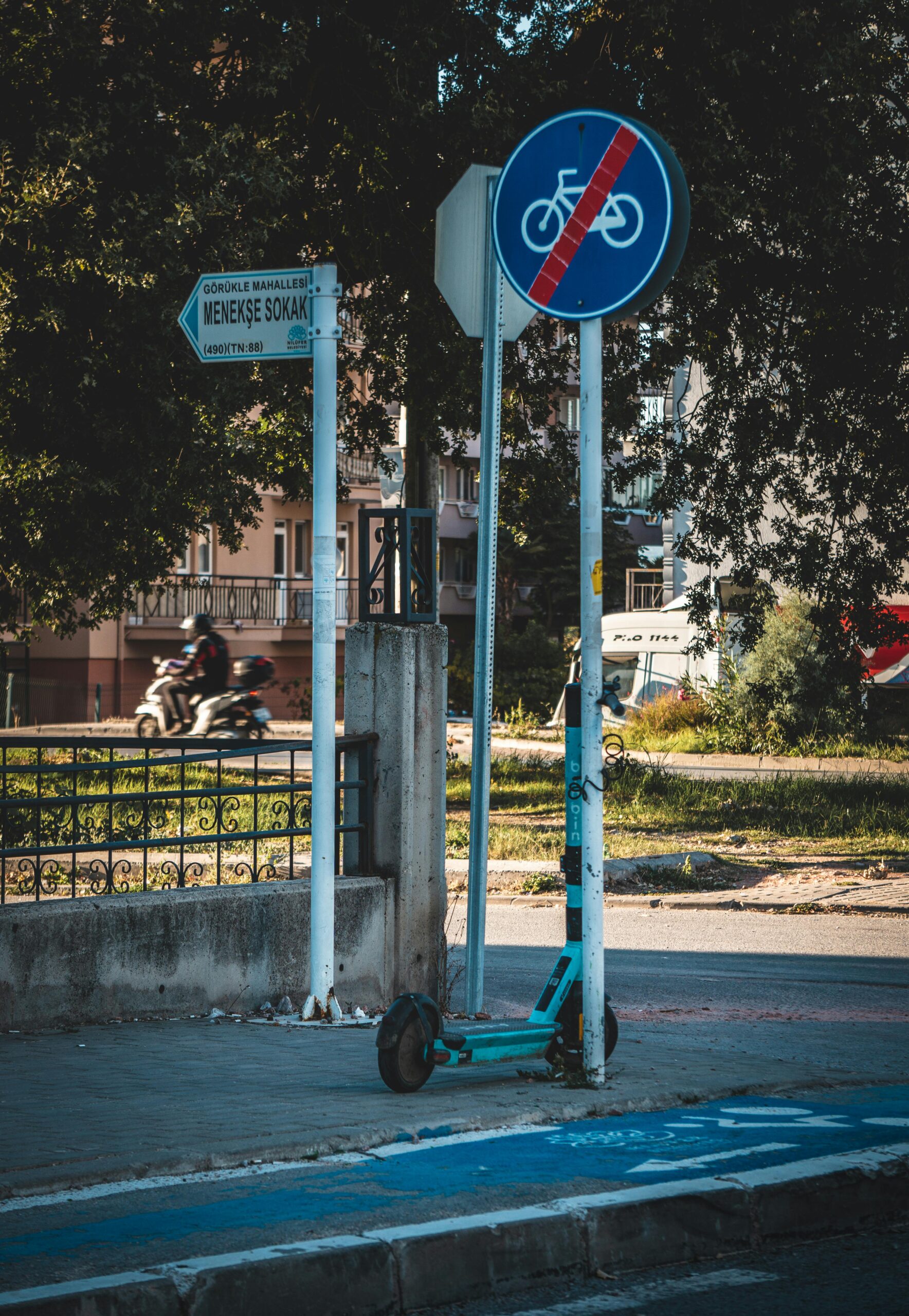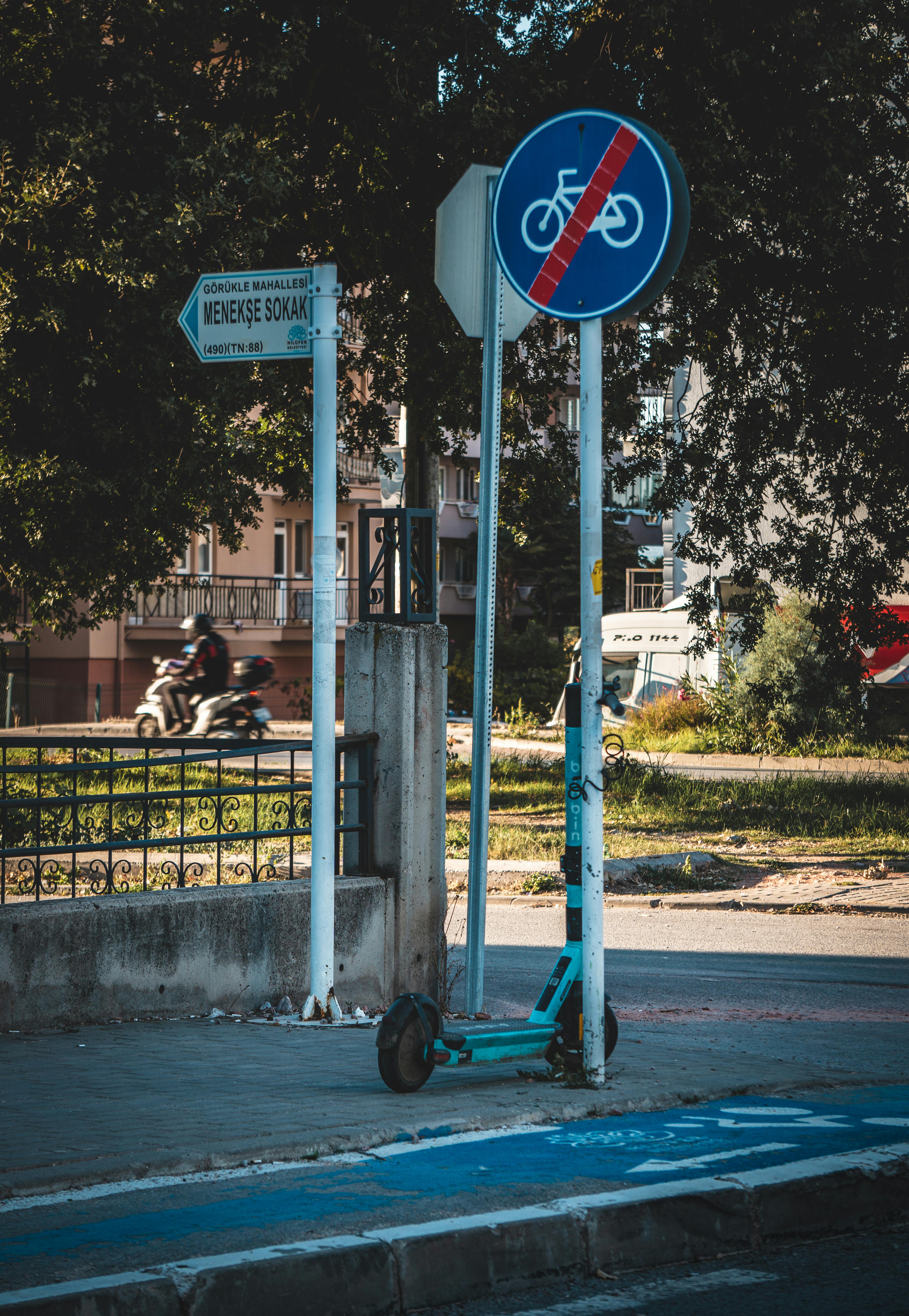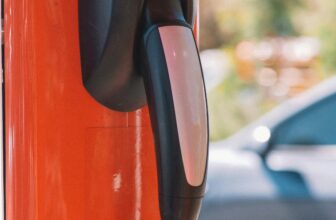
Picture this: you’re cruising down the sidewalk on your mobility scooter when a police officer flags you down for speeding. Sound impossible? Think again. With mobility scooter regulations tightening across North America and speed violations becoming a real concern, understanding the legal landscape has never been more critical. Whether you’re navigating busy city streets in Toronto or exploring scenic paths in Phoenix, the rules governing your mobility scooter are complex, constantly evolving, and vary dramatically by location.
The stakes are higher than you might think. Violations can result in fines, insurance complications, and even confiscation of your scooter. More importantly, understanding these regulations ensures your safety and the safety of others sharing public spaces. This comprehensive guide cuts through the confusion to deliver the essential speed limits and legal requirements you need to know for safe, legal operation in 2025.

This Photo was taken by Enes Karahasan.
The speed trap you never saw coming
Most mobility scooter users assume they’re exempt from speed regulations, but the reality is far different. Across the United States and Canada, mobility scooters are increasingly treated as vehicles rather than medical devices when it comes to traffic enforcement. This shift has caught many users off-guard, leading to unexpected citations and legal complications.
Federal guidelines in both countries establish baseline standards, but the real complexity lies in how individual states, provinces, and municipalities interpret and enforce these rules. A scooter that’s perfectly legal in one jurisdiction might violate speed limits just miles away in another. This patchwork of regulations creates a minefield for users who travel or relocate.
The confusion stems from the rapid evolution of mobility scooter technology. Modern scooters like the long-range mobility scooters available in 2025 can reach speeds that were unimaginable just a decade ago. Regulators are scrambling to keep pace, often resulting in inconsistent enforcement and unclear guidelines.
United States federal framework and classifications
The U.S. Department of Transportation classifies mobility scooters into distinct categories that determine their legal operating parameters. Understanding these classifications is crucial because they directly impact where you can ride and how fast you can go.
Class 1: Basic mobility scooters
Class 1 scooters include most portable and lightweight models with maximum speeds of 4 mph (6.4 km/h). These devices are generally permitted on sidewalks and in pedestrian areas without special licensing or registration requirements. However, some municipalities have begun implementing stricter controls even for these basic models.
Three Wheel Portable Mobility Scooter

Rating: 4.4/5 ⭐
Aircraft-grade aluminum construction with 5 mph top speed and 13-mile range. This airline-approved scooter offers excellent portability for travel enthusiasts.
Pros: Lightweight, foldable, airline approved
Cons: Limited weight capacity, may struggle on inclines
Class 2: Standard mobility scooters
Class 2 devices can reach speeds between 4-8 mph (6.4-12.9 km/h) and face more restrictive regulations. Many states require these scooters to stay off busy roadways and limit their use to designated areas. Some jurisdictions mandate safety equipment like reflective tape, lights, and audible warning devices.
Class 3: High-speed mobility scooters
Scooters exceeding 8 mph fall into Class 3, facing the most stringent regulations. Some states treat these as motor vehicles, requiring registration, insurance, and even operator licenses. High-speed models designed for all-terrain use and outdoor adventures often fall into this category.

This Photo was taken by chen jack.
State-by-state speed regulations breakdown
The variation in state regulations is staggering. What’s legal in Florida might be prohibited in California, and penalties range from warnings to hundreds of dollars in fines. Here’s a comprehensive look at how major states handle mobility scooter speed limits.
| State | Maximum Speed (Sidewalk) | Maximum Speed (Road) | License Required | Insurance Required |
|---|---|---|---|---|
| California | 4 mph | Not Permitted | No | No |
| Florida | 8 mph | 8 mph (Local Roads) |
|






